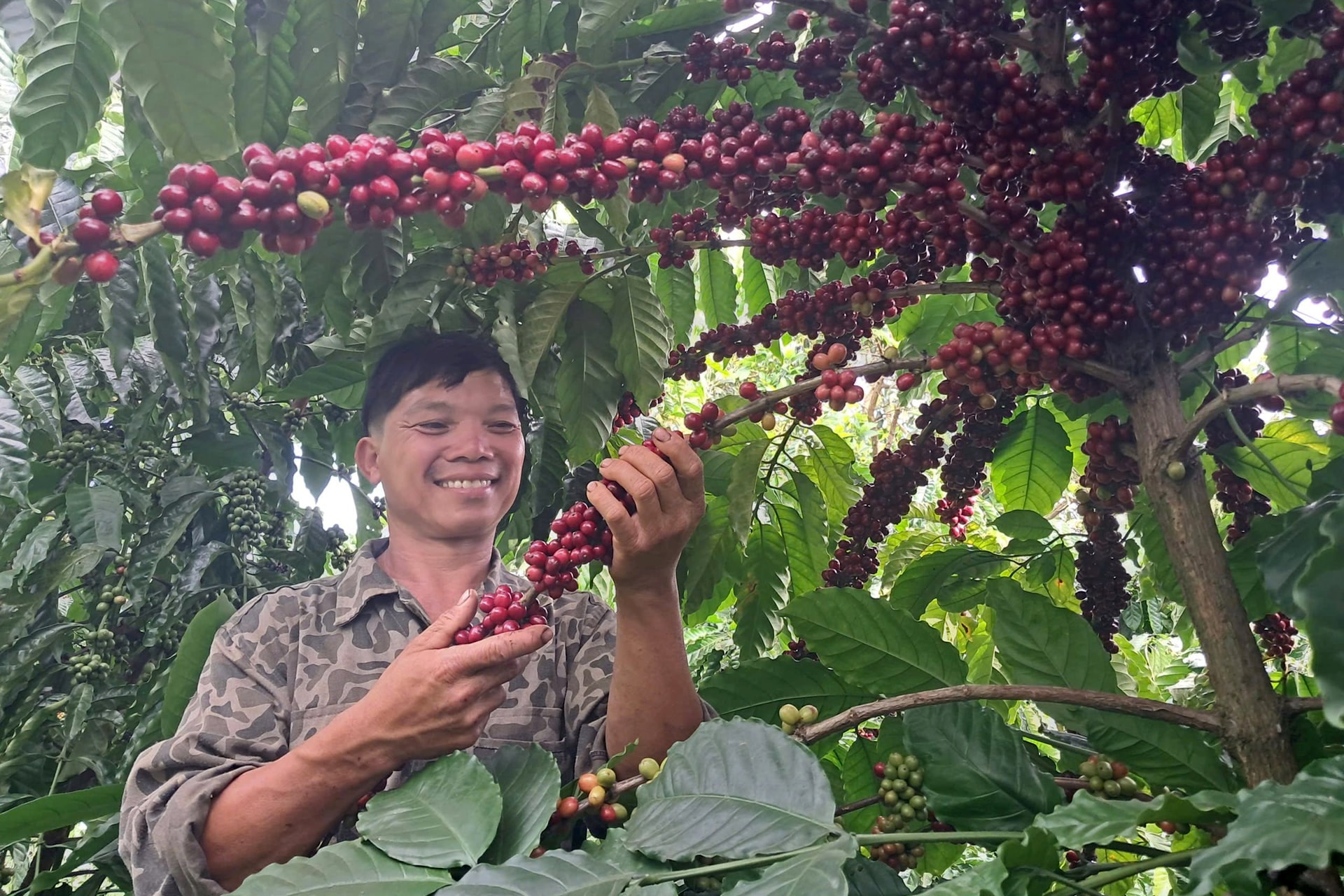
Data discrepancies – a "bottleneck" at the grassroots level.
Lam Dong province currently has over 1 million hectares of agricultural land, including 640,000 hectares of perennial crops and 370,000 hectares of annual crops. Production areas stretch from the coast to the highlands, with diverse natural conditions and crop structures.
This diversity makes unifying direction and management a complex task. According to assessments by relevant authorities, after the merger, many communes and wards lack dedicated agricultural staff, with some having only one person handling multiple areas, while their professional qualifications are uneven. Consequently, data collection and compilation lack uniformity, leading to discrepancies between localities.
Many areas, such as pest and disease surveys, acreage statistics, and management of export-oriented crop codes, require consistent and continuously updated data sources. However, each locality currently uses different forms and software, making aggregation and comparison difficult. This inconsistency directly affects raw material area planning, pest forecasting, and crop code allocation plans—fundamental elements of modern agriculture.
In light of this situation, Lam Dong's agricultural sector is reviewing and consolidating specialized programs and plans from the three regions, forming a unified guidance system from the provincial level to the grassroots, avoiding duplication. At the same time, the agricultural sector is implementing the standardization of production data, unifying forms, survey procedures, and methods for storing and sharing information among localities.
According to the plan, in the near future, the agricultural sector will build a unified agricultural data portal, integrating all information on area, production, pests, agricultural supplies, planting area codes, and traceability chains. Once completed, this system will help management agencies make quick decisions, while also opening data to businesses and cooperatives for registration and transparent monitoring.
According to the leaders of the Department of Agriculture and Environment, when data is updated in real time, the industry can predict pests and diseases, regulate crop seasons, and assign planting area codes based on scientific principles. This is the only way for post-merger agriculture to operate efficiently and transparently. In addition, the industry is applying technology in crop management, pest and disease warning, and weather forecasting. Monitoring of planting areas and export packaging facilities is done through software, which helps shorten time, reduce errors, and improve reliability.
Connecting data from key production regions.
Mergers are not just administrative changes, but also opportunities to link key growing regions, forming inter-provincial value chains: production, processing, and export. The province's agricultural sector is building a digital map of key growing regions linked to a traceability system, assigning "digital identity" to each production area. This is a necessary step for Lam Dong to move towards transparent agriculture, responsible to the market and consumers.
To operate this system, the agricultural sector has identified human resource training as key. In the coming period, agricultural officials at the commune level will receive training in digitalization skills, data management, and production statistics. When data, technology, and people work together effectively, a unified agricultural system will be formed, not only in terms of geographical boundaries, but also in terms of mindset and management methods.
Lam Dong today is not only the "capital of vegetables and flowers" but is also becoming a center for high-tech agriculture and connecting the Central Highlands and South Central regions. The merger presents many challenges but also opportunities for the province to shift from manual management to digital governance, from individual production to regional supply chains.
Source: https://baolamdong.vn/mot-co-so-du-lieu-nhieu-vung-san-xuat-cung-phat-trien-397550.html








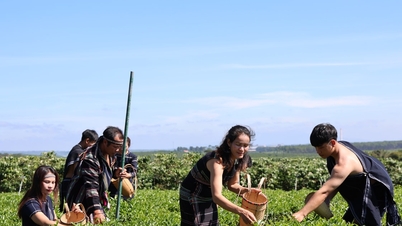
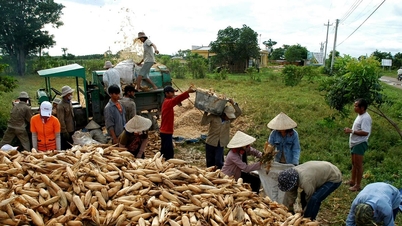
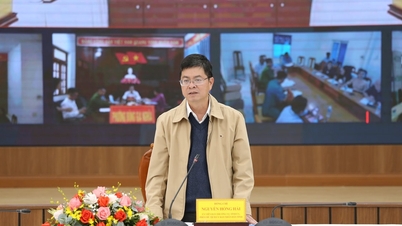
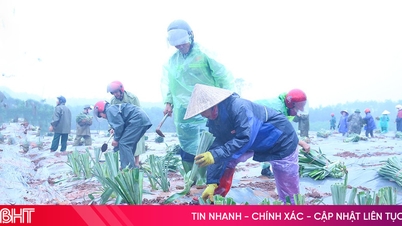

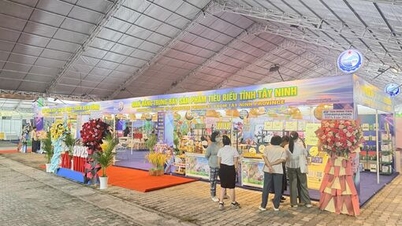

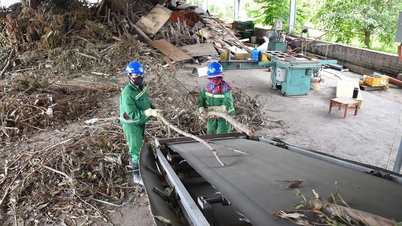



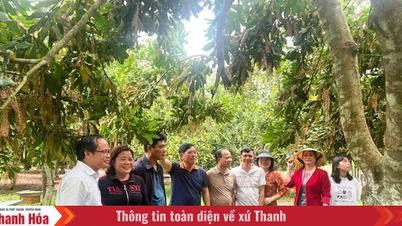

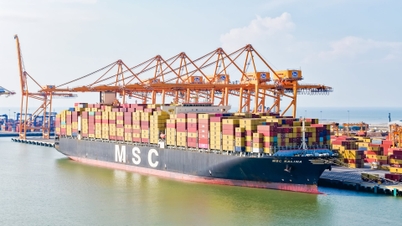
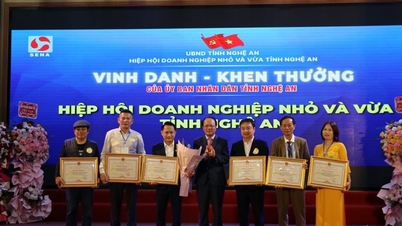

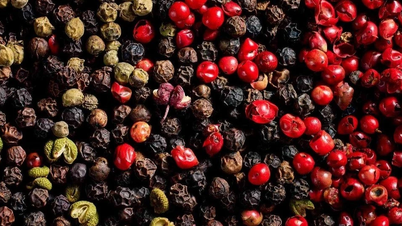





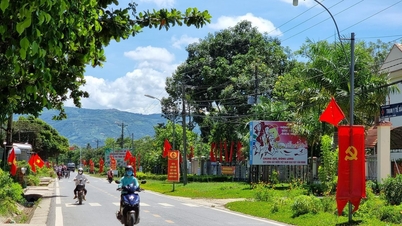
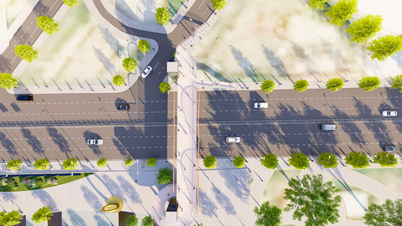
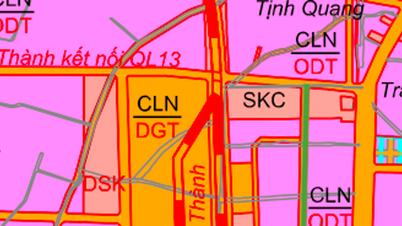

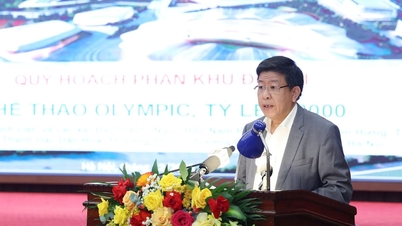





















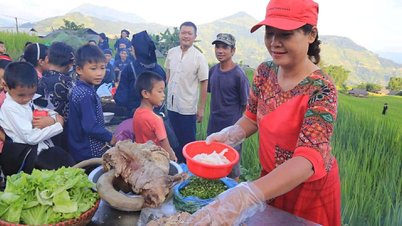





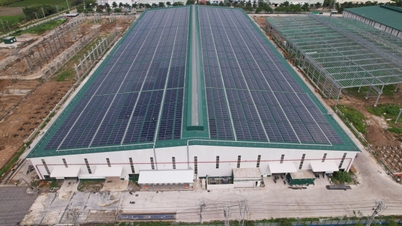


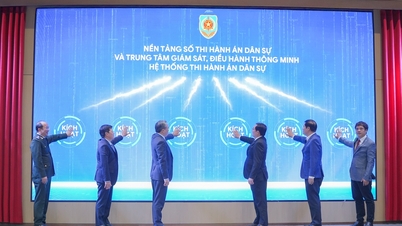







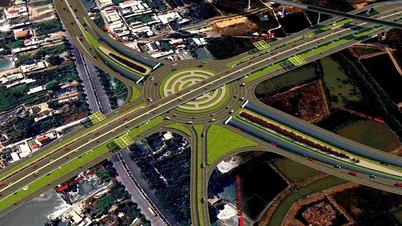










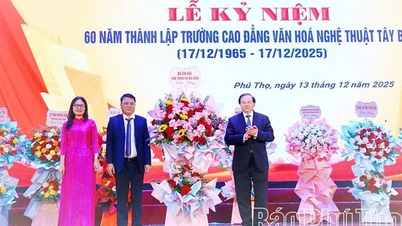
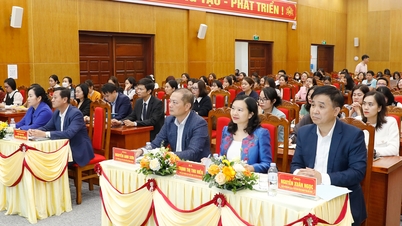

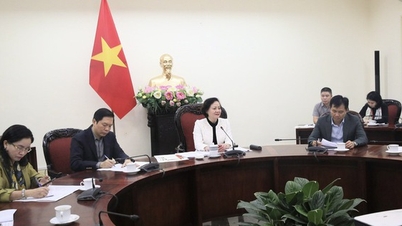
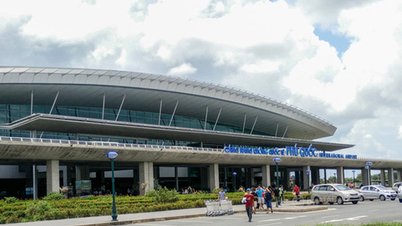
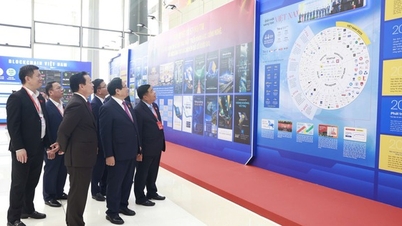
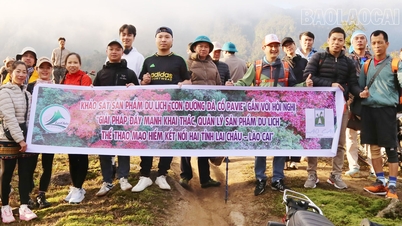


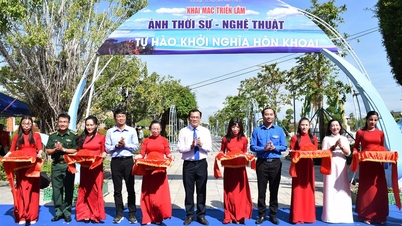
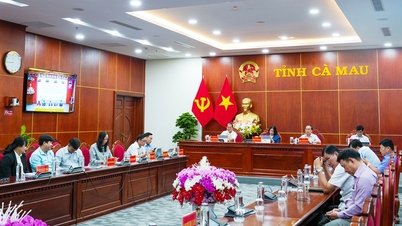
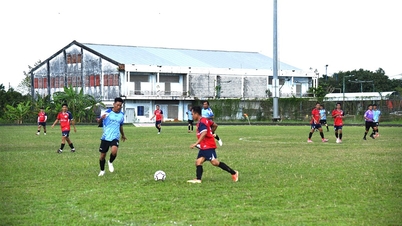














Comment (0)